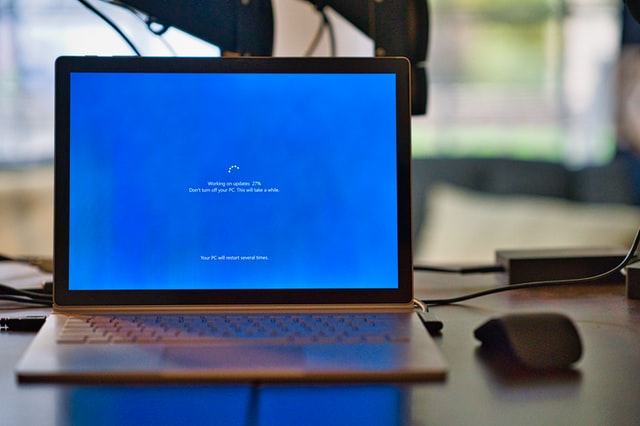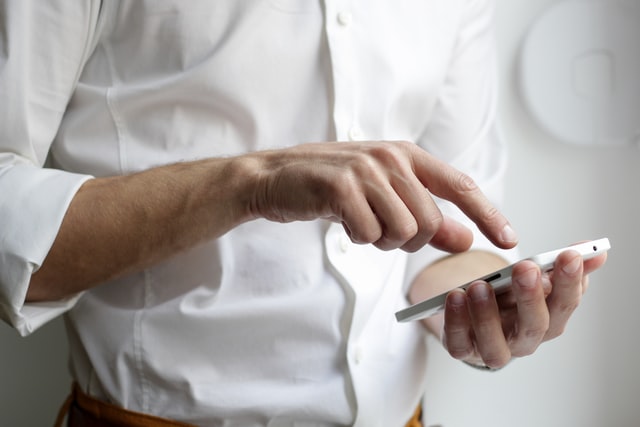350,000 malware versions are identified every day. The devices under the company’s use might be well protected, but it is tough to ensure that each employee’s device is also well protected.
In the current circumstances, it is even harder to make sure that no employee’s device connects with the company’s system. Also, if that device is being used for more than work, it is easily possible to get attacked by cybercriminals. So, here are some signs which would let you know if your device is infected or not.
Pop-Up Ads
Pop-ups ads are a form of spyware. These ads show up on different websites; when anyone clicks on them, the cyber attackers behind those ads easily hack their data.
Moreover, these ads are further connected with the data malware for the user’s device, and it is equally difficult to stop getting these ads.
New icons addition on the desktop
If an icon shows up on the desktop without your knowledge, then the reason might be that your system is infected, and it might have been downloaded with any software that you might have had installed earlier.
These programs are called PUPs or Potentially Unwanted Programs. They can also leak your data installed in your device and make you vulnerable to other cyber attacks.
If the web browser is being out of control
If your web browser shows some unusual activities that you have not been involved in, then your device might also be infected.
Your friends complain about spam
If your friends are getting any spam messages from your account, then your device is also infected. These might be the result of clicking on any fake post on social media sites.
Your PC is running slow
Often, the device takes way too long to open or start any software or application; the reason could be that the device is infected because it takes all the device’s storage, resulting in your PC running slow.
Ways to protect your devices from malware attacks
Avoiding opening any incomplete data and take all the preventive measures. Do not click on pop-up windows. Do not reply to any sketchy emails. Make sure the sender is legitimate and avoid opening any attachments. If you are to download free software, then download with caution. Use modern applications for preventing and identifying any cyberattack. Do not use your device outside work if it is being used for the work purpose as well.
Simply ensuring software is patched and up to date and all operating system updates are applied as quickly as possible after they’re released will help protect you from falling victim to malware attacks.
Read previous blog; Cybersecurity tips for working from home



